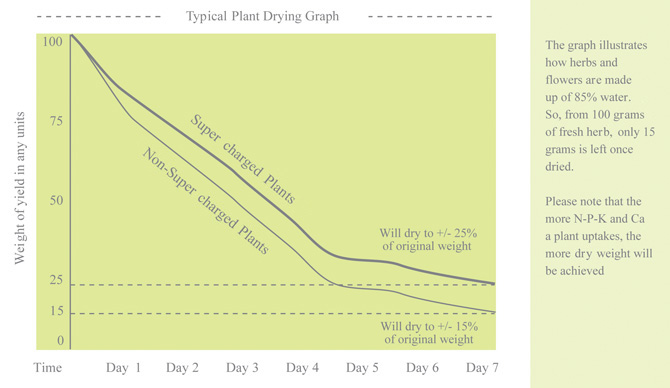
 |
|
Hydroponics - Indoor HorticultureHydroponics - Indoor Horticulture represents an educational, in-depth,
up-to-date,
indoor horticultural growers guide that covers all principles of indoor Hydroponics - Indoor Horticulture examines, explores, dissects and
presents a fully comprehensive step by step growers guide, relating
to all and every aspect of indoor hydroponic horticulture, with complete
chapters on plant biology, propagation, hydroponic systems, nutrients,
oxygen, carbon dioxide enrichment, pH, biological pest control, fungi/disease,
cuttings/clones, pruning/training, breeding, harvesting, equipment,
grow rooms, a full history of hydroponics, and more. |
| (Below
follows a one page sample taken from the book) Most growers use scissors or spring loaded scissors to perform the manicuring of the flowers. These are very effective and very popular but over time can become tiresome. The Dutch have invented motorised scissors that are very easily operated and you can even perform the most delicate manicuring using these electric power scissors or shears. The Dutch have also invented a machine called a clipper which works like a lathe or lawnmower with a blade that rotates at a very high speed where you simply turn the flower near the cutting edge to remove excess foliage. Although these machines for commercial applications are a great time saver, they are very hard to use and you can lose a lot of good flower to them as they really do strip the plant in no time at all. FloweringMost flowering plants go through a few stages of the flowering process. Flowers appear at first, and then |
over time, new flowers develop close to and around the original first wave of flowers. At each leaf node, flowers also form along the main stem and branches. The buds then start to fill out so flowers upon flowers create clusters that are thick with pistils looking for pollen to fertilise them. These pistils are white and translucent and over time begin to change colour, wither and turn from white to red or brown. Now it is very important to be patient as just as a cluster of flowers looks like they have finished and three quarters have changed colour, it is very common for a new wave of flowers to appear and more growth is undertaken by the plant. These new clusters typically concentrate in many of the bare spots that the plant may have. Then, successive waves of flowers can appear and this process can last for weeks after the original finished flowers are formed. As the flowers and clusters of flowers begin to close, then the calyxes start to swell. The calyxes are false seed pods as the flowers have not been fertilised, therefore, no seed can form, however, these calyxes become completely covered with resin glands. |

|
 |